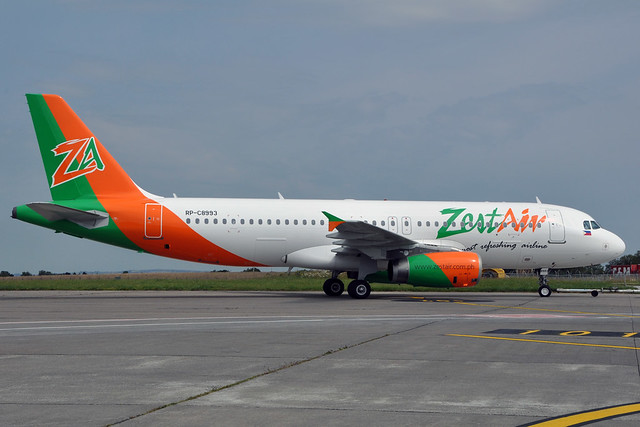Tagbilaran Airport sealed Zest Air's Fate
16 August 2013
SAFETY VIOLATIONS
16 August 2013
SAFETY VIOLATIONS
- No qualified Accountable Manager since July 19, 2013
- Failure to check aircraft logs, flight manifest, weather, etc.
- Failure to present to the CAAP the airman license (Aircraft Mechanic License) during ramp inspection
- Series of occurrences that affected several flight operations
- Refueling with passenger on board involving RP-C8989 on August 14, 2013
- Excessive flight duty time case under the enforcement and legal service
The Civil Aviation Authority of the Philippines (CAAP) has suspended Zest Airways after serious deviations and infractions of rules and safety standards imposed by the Philippine Civil Aviation Regulations (PCAR).
Suspension of Zest Air flights is effective 6 pm this evening. No flights will be permitted to depart except return flights to Manila. Passengers affected are advised to contact the airline for possible transfers or ticket refunds.
Philippine Airlines is contracted by Zest Air to provide special flights for Zest Air's stranded passenger starting in Davao tonight under PAL Express.
Philippine Airlines is contracted by Zest Air to provide special flights for Zest Air's stranded passenger starting in Davao tonight under PAL Express.
Zest Air operates a fleet of 11 Airbus 320's serving 14 destinations consisting of 35 flights out Manila, 8 flights out of Kalibo and a flight from Cebu.
Operations of Air Asia is not affected but the airline's aircraft will not be permitted to land at NAIA Airport.
The Suspension Order was issued by Captain John Andrews, CAAP Deputy Director General.
Earlier, CAAP placed Zest Air under "heightened" surveillance effective August 2 following a series of flight cancellations brought about by alleged mechanical problems of its aircraft.
Recent incident at Tagbilaran Airport Tuesday sealed Zest Air's fate when its ailing Airbus 320 plane obstructed the runway due to mechanical problems with the engine resulting to closure of the airport for commercial traffic.
Zest Air’s will remain suspended until further notice.
Zest Air’s will remain suspended until further notice.








